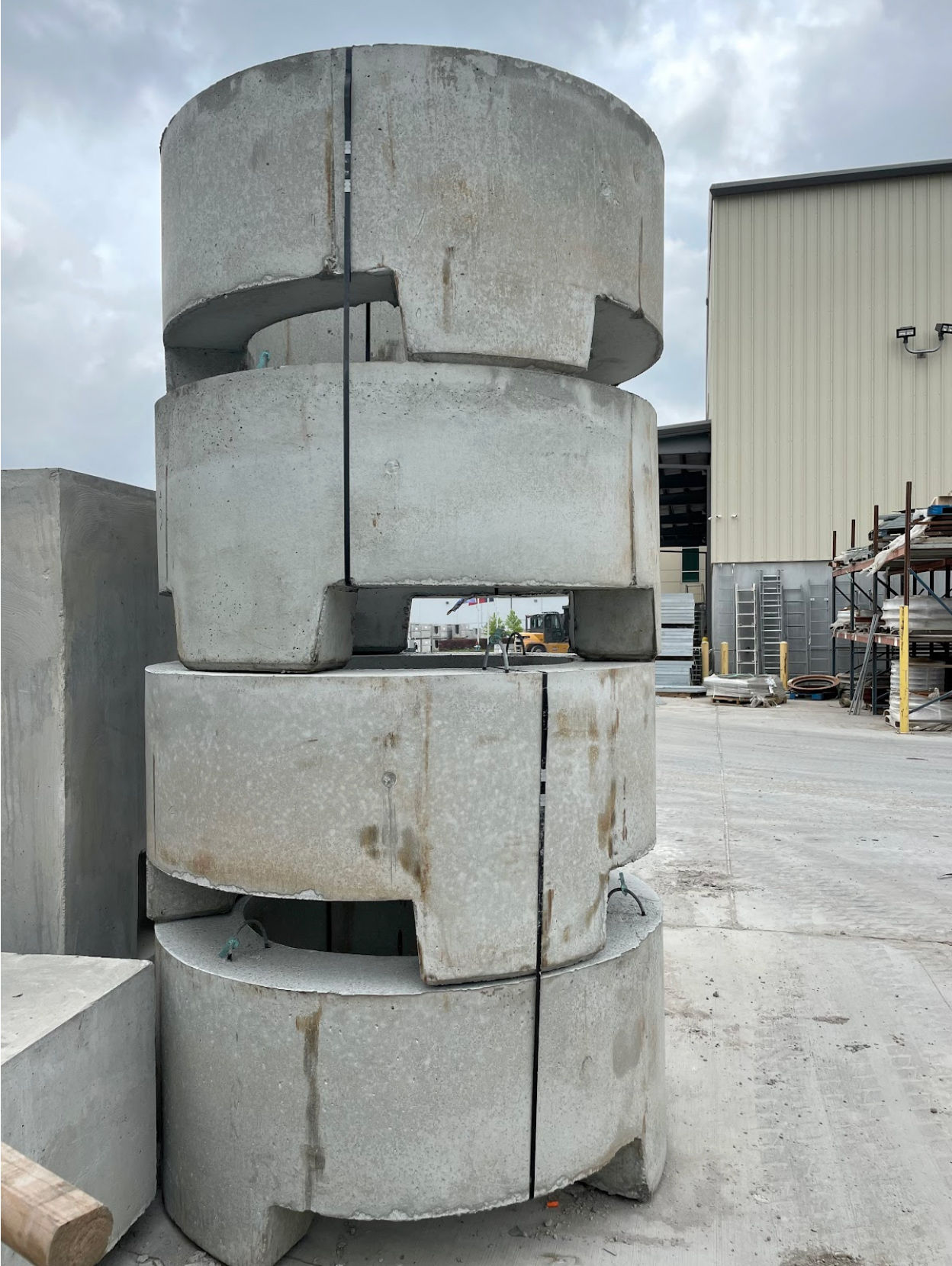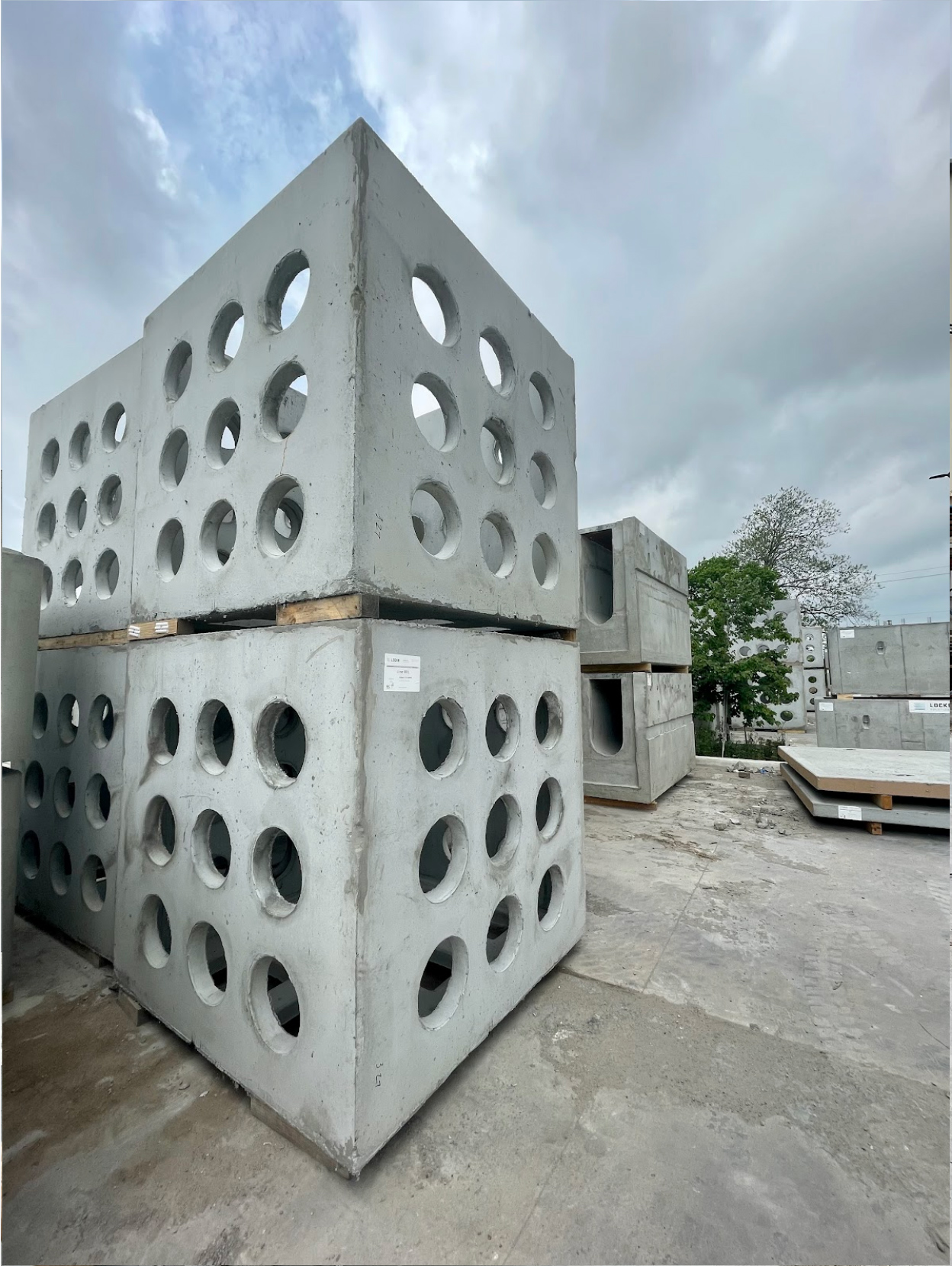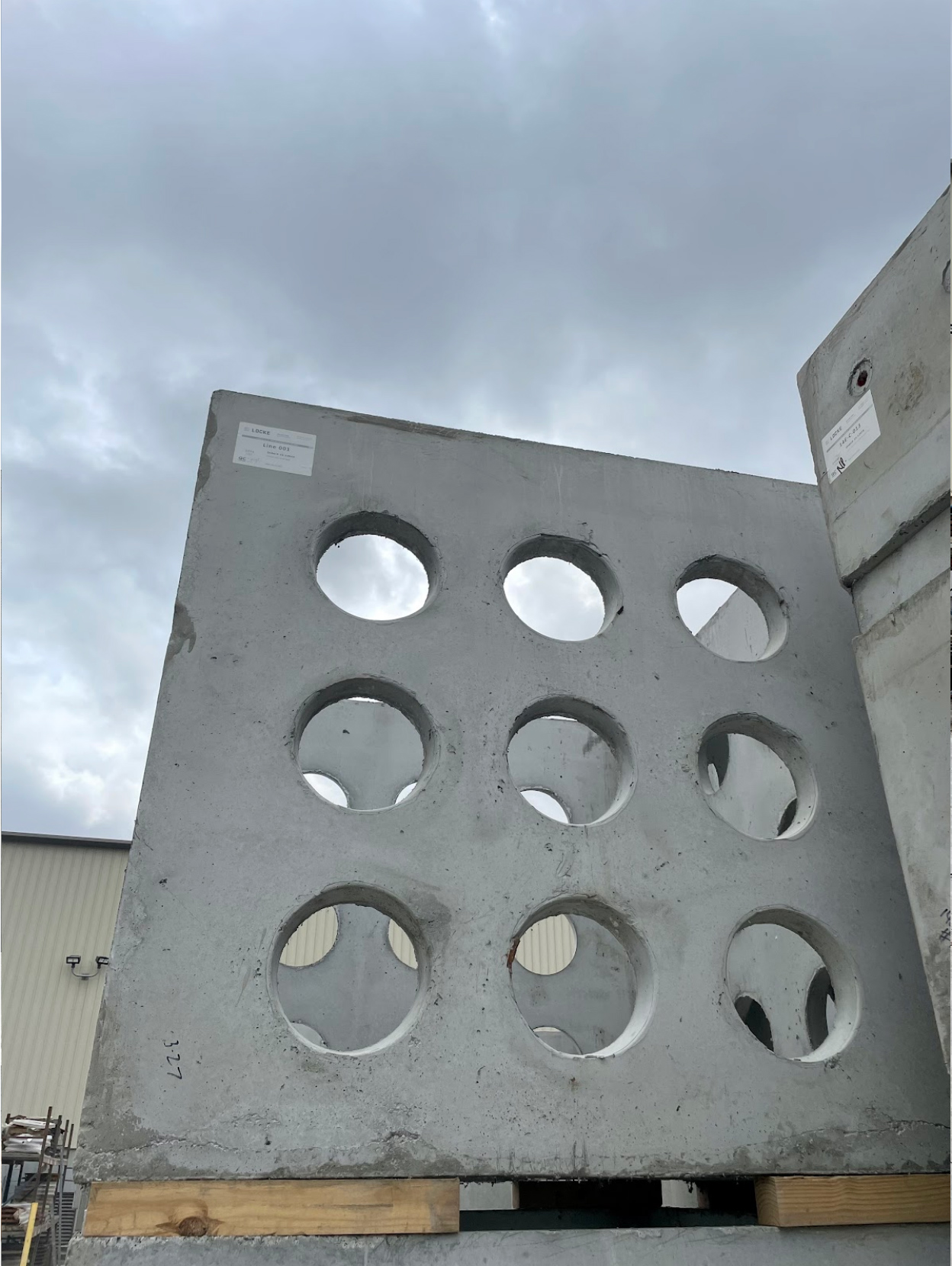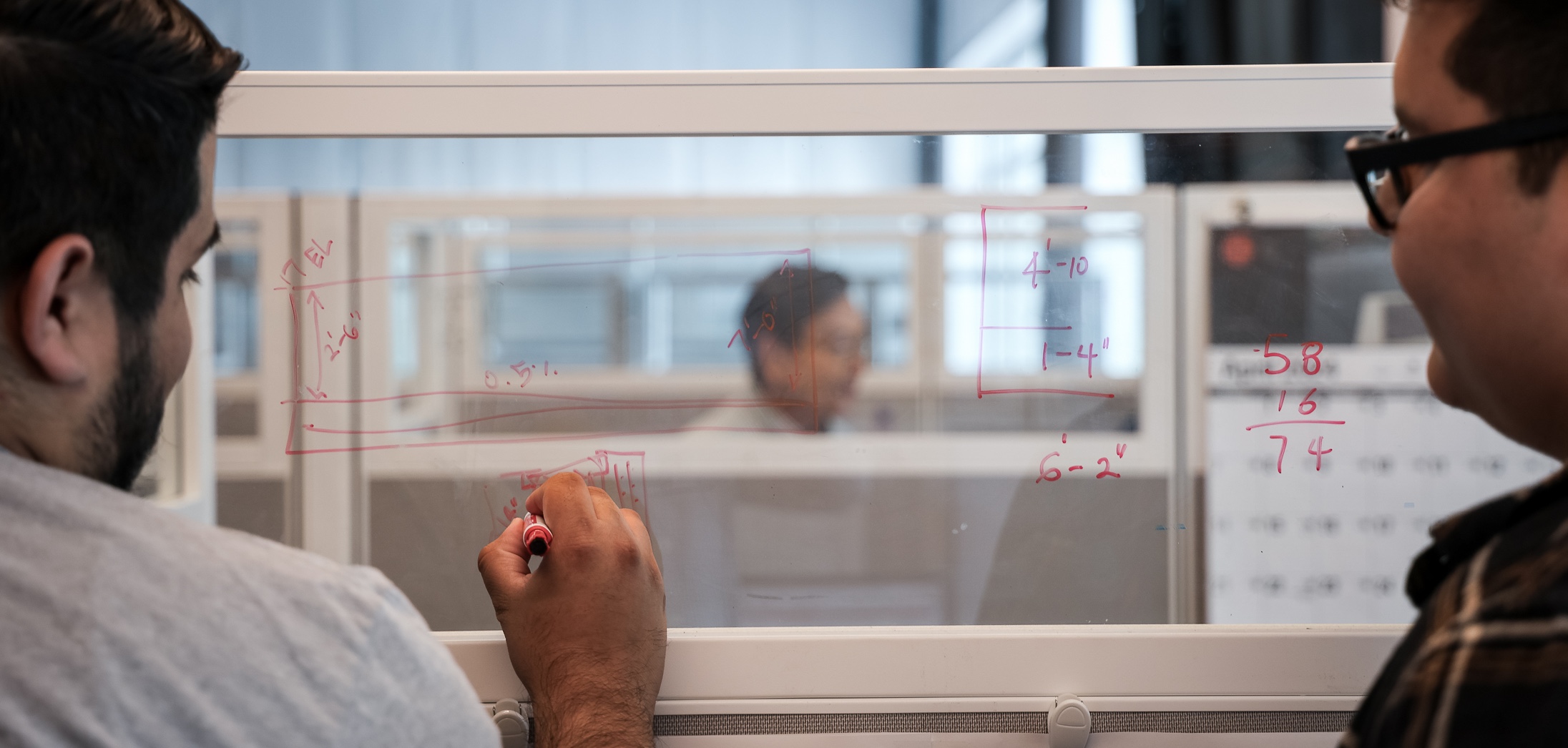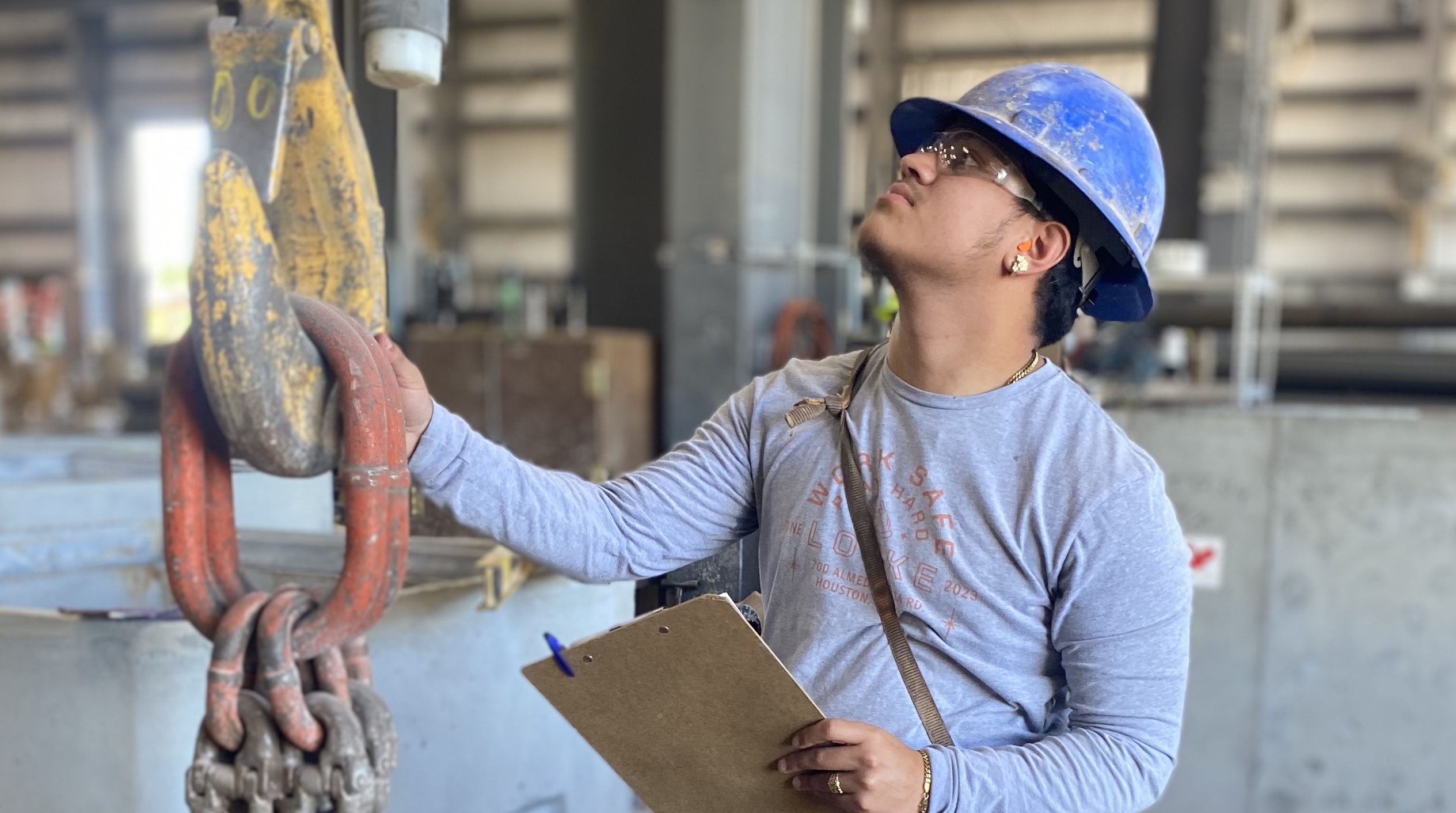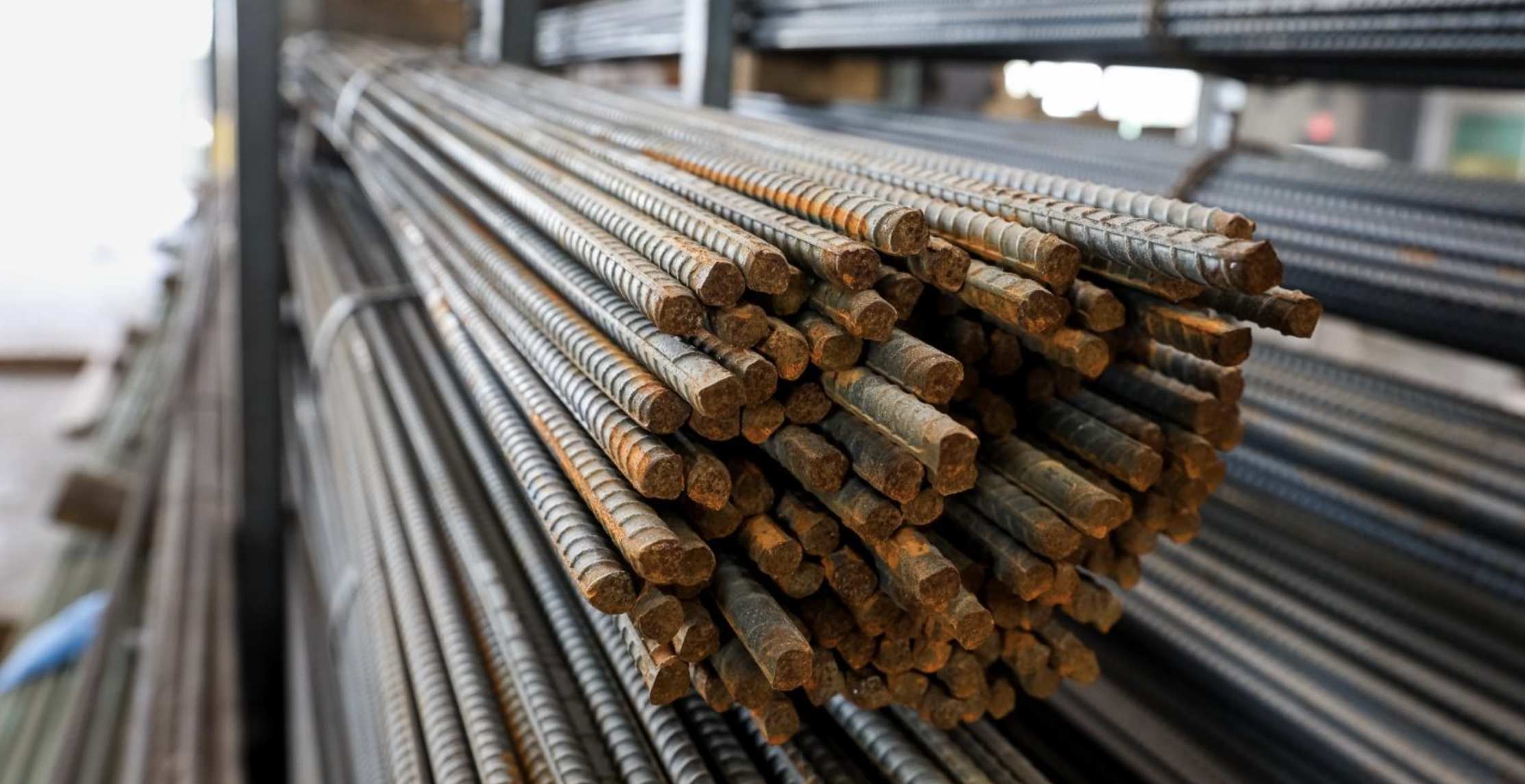Leading Precast
Contact Sales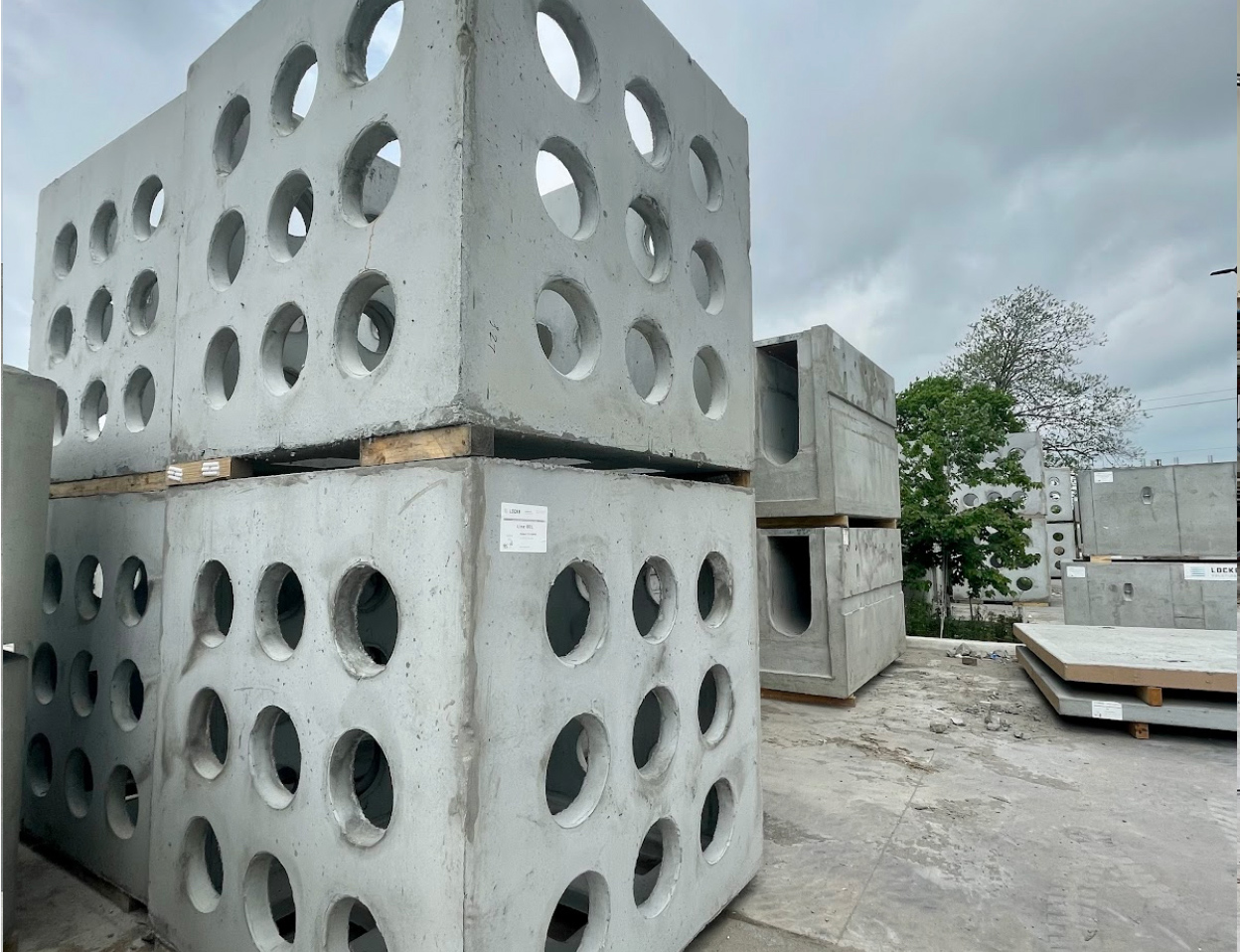
The push to find environmental solutions while still innovating technology has not stopped, and at Locke, we’re continuing efforts to innovate and take care of the environment.
Precast Coastal Protection Units are a unique and innovative solution to many of the challenges faced by coastal communities today. These concrete structures are designed to mimic the natural habitat of oysters, providing a substrate on which the bivalves can attach and grow. But why are these so important, and how do precast coastal protection units benefit our environment and economy?
First and foremost, these precast units play a critical role in maintaining the health and biodiversity of coastal ecosystems. As filter feeders, they remove pollutants and excess nutrients from the water, improving water quality and clarity. In doing so, they also create an ideal environment for other species, including fish, crabs, and other shellfish, to thrive. This, in turn, supports local fisheries and helps maintain the delicate balance of coastal ecosystems.
However, oyster populations have declined significantly in recent decades, due to a combination of overfishing, habitat destruction, and pollution. This has had devastating consequences for both the environment and the economy. Precast structures offer a solution to this problem, by providing a substrate on which oysters can attach and grow, without the need for natural oyster beds. By creating artificial habitats, we can help restore oyster populations and the ecosystems they support.
Precast have several advantages over traditional approaches to oyster restoration. For one, they are highly durable and can withstand the harsh conditions of coastal environments. They are also relatively easy to deploy, requiring only a simple anchoring system to secure them in place. This makes them a cost-effective solution, especially when compared to more labor-intensive methods, such as building artificial reefs or transplanting oysters from elsewhere.
Another advantage of Precast structures is their flexibility. They can be designed to fit a variety of site-specific needs, depending on factors such as water depth, wave action, and sediment type. This allows them to be deployed in a wide range of coastal environments, from shallow bays to open ocean waters. Additionally, their modular design allows for easy scalability, meaning that they can be deployed in large numbers to achieve greater impact.
Precast structures offer an opportunity for innovation and collaboration. They are a relatively new technology, and there is still much to be learned about their effectiveness and potential applications. As such, they provide a platform for scientists, engineers, and stakeholders to come together and develop new ideas for coastal restoration and management.
Another innovation in the precast industry are fish houses. Fish houses have become their own ecosystem, providing housing for fish communities in the sea. Precast fish houses are made by pouring concrete into a mold that is designed to create the desired shape and size for the box. Once the concrete has cured, the box can be removed from the mold and is ready to be used.
Precast fish houses offer several advantages over other types of fish boxes. One of the main advantages is durability. Concrete is a highly durable material that can withstand heavy use and harsh environments. This means that precast fish boxes can withstand rough handling during transport and will last for many years without needing to be replaced.
Another advantage of precast fish houses is their thermal properties. Concrete has excellent thermal mass, which means it can absorb and retain heat. This makes it an excellent material for storing fish because it can help maintain a consistent temperature inside the box. Additionally, concrete fish houses can be insulated to further improve their thermal performance.
By supporting oyster growth and new fish habitats, our team is able to help restore degraded marine ecosystems and promote biodiversity.
Stay tuned for our next article.
We hope this article was helpful. Please send in your questions to info@lockesolutions.com and we would be happy to help answer them.






